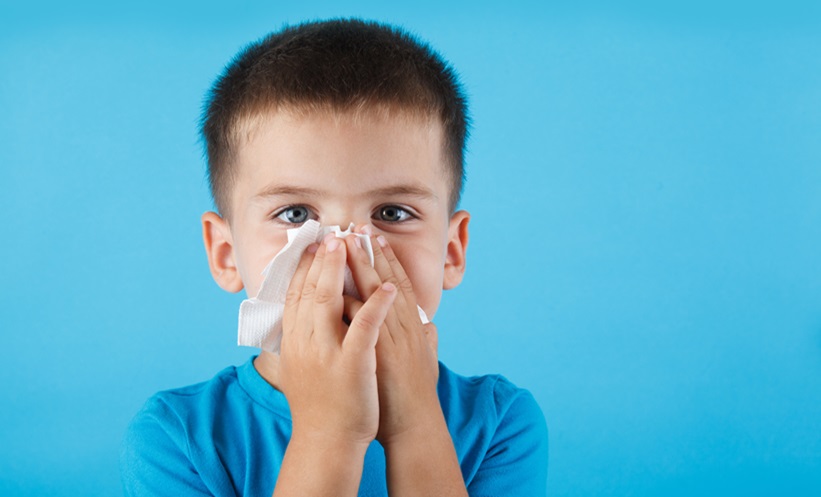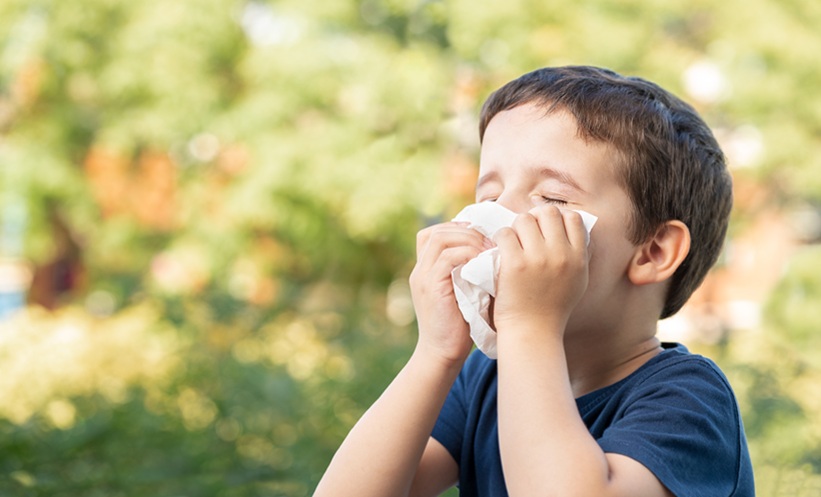ALLERGIC rhinitis (AR) is a widespread upper respiratory condition affecting up to 50% of the global population, with prevalence increasing over time. Characterised by sneezing, nasal congestion, itching, and a runny nose, AR results from a hypersensitivity reaction involving the release of histamine, leukotrienes, and the infiltration of inflammatory cells. Children are particularly vulnerable due to their narrow nasal passages and underdeveloped immune systems, and the condition can severely impact their quality of life by disrupting sleep, causing fatigue, and impairing concentration.
A recent study explored the effectiveness of four treatment protocols for AR in children. These protocols combined nasal corticosteroids, antihistamines, and antileukotrienes in different regimens. The therapies evaluated included intranasal mometasone with a standard dose of desloratadine, mometasone with a double dose of desloratadine, mometasone with montelukast, and a combination of montelukast with desloratadine. The study aimed to identify the most effective approach for reducing symptoms while minimising side effects.
The results indicated that all protocols were effective in alleviating AR symptoms. However, the combination of montelukast with desloratadine, or a double dose of desloratadine, demonstrated superior efficacy in reducing nasal congestion and improving the Total Nasal Symptom Score (TNSS). The combination of mometasone with montelukast was particularly effective for nasal congestion, while mometasone with desloratadine showed better results for sneezing and nasal itching. Adverse effects, such as cough and dry mouth, were minimal and occurred less frequently in regimens involving mometasone and loratadine.
Despite these promising findings, the study had limitations, including a small sample size, lack of blinding, and its single-centre nature, which restricts the generalisability of the results. Additionally, key biological markers such as cysteinyl leukotriene levels were not measured, which could provide further insights into the treatments’ impact on lung function and inflammation.
Future research with larger, multicentre studies and the inclusion of biological and pulmonary function tests is recommended. These findings underscore the importance of optimising combination therapies to manage AR in children, potentially offering them improved relief and a better quality of life.
Reference
Ghanbari N et al. Comparative efficacy of mometasone nasal spray combined with different doses of desloratadine, and montelukast in childhood allergic rhinitis: a randomized clinical trial. Iran J Allergy Asthma Immunol. 2024;23(4):366-73.







